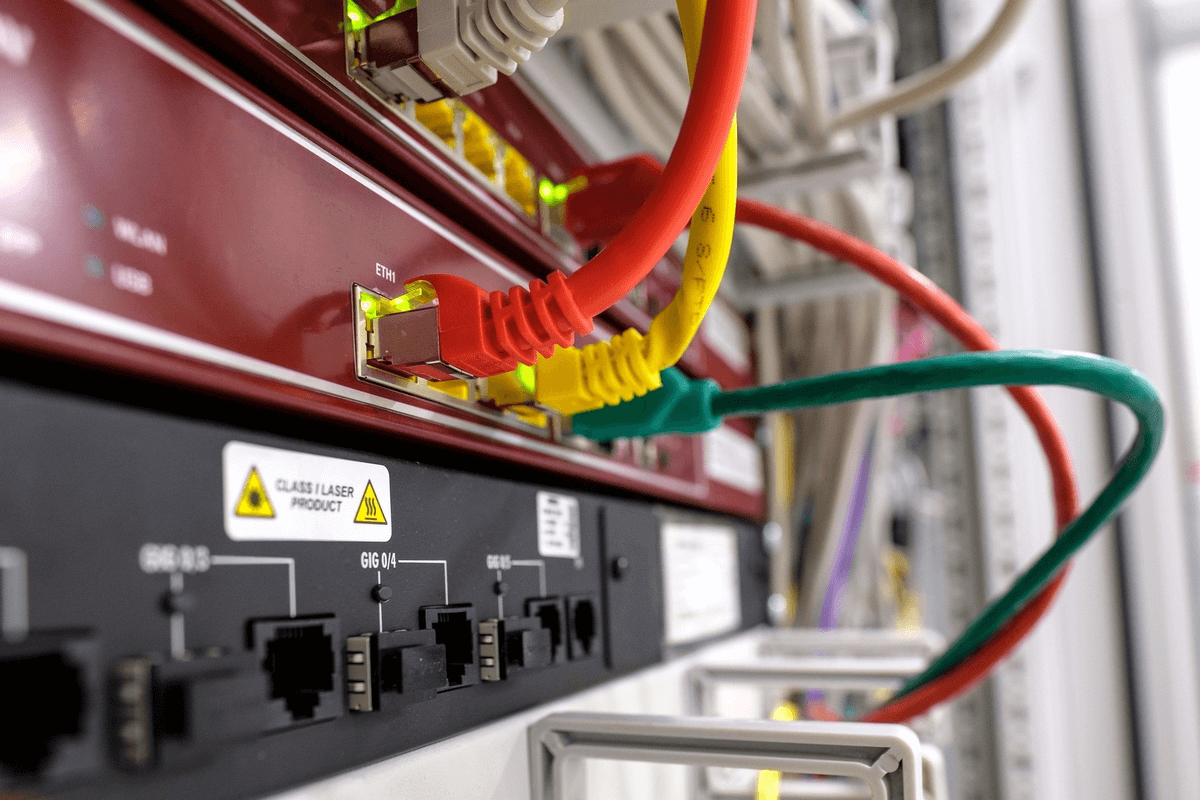These companies, by reaching out to the ministry of electronics and IT via separate meeting, said that without these proposed changes, applicants might be discouraged from taking up the scheme and investing in India. They also mentioned that the changes are required to avoid a situation that the mobile phone manufacturers saw, with only one of the 16 handset companies reaching their target for FY21 despite timely investments. The companies lay emphasis on how the government must keep in mind the global supply chain issues and the coronavirus situation in India before setting output timelines that are a bit too ambitious for devices like laptops and tablets.
What More Is Mentioned?
As per a statement by Nitin Kunkolienker, president of the Manufacturers’ Association for IT, PIL was conceptualised in a pre-Covid era, but there is a need to relook at the scheme, with the targets being either revised or a provision of five years, rather than the previously set four years to qualify for incentives. He also mentioned that the scheme is a two-way partnership between the government and the industry, with the government being a larger beneficiary with 60% of the gain by way of tax and non-tax revenue, economic activity, employment and way of foreign exchange. In India, all but one of the 16 PLI companies that had been approved to make phones in October failed to meet their targets for the first year that ended on March 31, 2021. The other companies, with the exception of Samsung, have been asking the ministry to declare FY21 as a zero year due to the restrictions set by the Covid-19 pandemic. For those of you unaware, the ministry notified the scheme for tablets, PCs, servers and laptops in March with incentives worth Rs 7,325 crore to be disbursed over a span of four years to ten domestic companies and five global companies. According to the guidelines, foreign companies are required to invest Rs 500 crore and achieve incremental sales of at least Rs 1,000 crore in the first year, followed by Rs 2,500 crore in the second, Rs 5,000 crore in the third and Rs 10,000 crore by the fourth and final year. As for domestic firms, the target was set at Rs 20 crore, with incremental increases at Rs 50 crore, Rs 100 crore, Rs 200 crore and finally, Rs 300 crore for the fourth year, The government also set a value addition criterion for the second year, when companies would be required to start assembling printed circuit boards in India, followed by battery packs for the third year and power adaptors, cabinets, chassis or enclosures in the fourth year. If all these criteria were to be met, companies would receive an incentive of 1-4% on incremental sales over the base year, FY20. The last date for applications is set at April 30.
